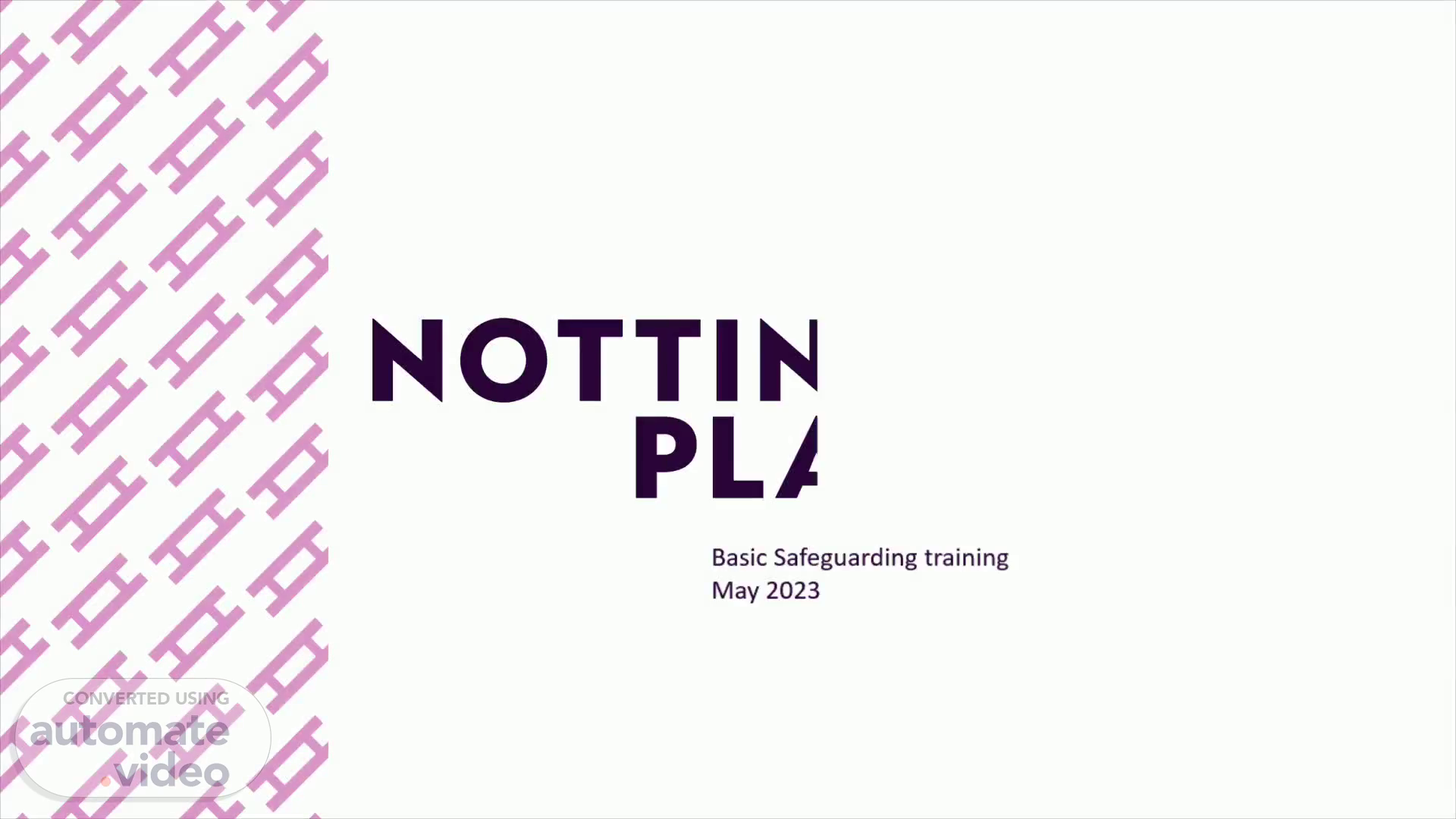
PowerPoint Presentation
Scene 1 (0s)
A picture containing object, clock Description automatically generated.
Scene 2 (8s)
Children Act (1989). The children Act (1989) Provides the main legislative framework for Safeguarding Children Section 17 – Establishes a definition for a ‘child in need’.
Scene 3 (23s)
Section 17 Definition of a Child in Need. A child shall taken to be in need if. She/he is unlikely to achieve or maintain, or to have the opportunity of achieving or maintaining, a reasonable standard of health or development without the provision for her or him of services by a local authority under this Part. Her/his health development is likely to be significantly impaired or further impaired, without provision for him of such services She/he is disabled, and family in relation to such a child, includes any person who has parental responsibility for the child and any other person with whom she/he has been living.
Scene 4 (52s)
Further Relevant Child Protection Legislation. Safeguarding Vulnerable groups Act 2006 Female Genital Mutilation Act 2003 Children and Young persons Act 2008 Children and Families Act 2014 Children and Social Work Act 2017 Sexual Offences Act, Disability Acts, data protection If you are interested in further training of the above please contact your line manager.
Scene 5 (1m 10s)
Working Together to safeguard Children 2018. Everyone who works with children or may come into contact with children in the workplace has a reasonability for keeping them safe. No single practitioner can have a full picture of a child’s needs and circumstances and , if children and families are to receive the right help at the right time, everyone who comes into contact with them has a role to play in identifying concerns, sharing information and taking prompt action’.
Scene 6 (1m 34s)
Defining Significant Harm and Serious Harm. Significant: Important or noticeable Harm: Physical or other injury or damage Serious harm: Serious harm includes (but is not limited to) serious and or long-term impairment of a child's mental health or intellectual, emotional, social or behavioural development.it should also cover impairment of physical health. This is not an exhaustive list. When making decisions, judgment should be exercise in cases where impairment is likely to be long-term, even if this is not immediately certain. Even if a child recovers, including from a one-off accident, serious harm may still have occurred.
Scene 7 (2m 2s)
There are four types of child abuse. A picture containing object, clock Description automatically generated.
Scene 8 (2m 25s)
Other areas to consider. A picture containing object, clock Description automatically generated.
Scene 9 (2m 36s)
What to do if a child tells you:. A picture containing object, clock Description automatically generated.
Scene 10 (3m 5s)
Why should you share your concerns?. A child’s safety and life may be at risk Always share your concerns and seek advice Record your concerns It is your responsibility as an adult. Don’t think what if I’m wrong , think What if I’m right? Now watch the video below https://www.youtube.com/watch?v=bvJ5uBlGYgE.
Scene 11 (3m 25s)
Who do I contact?. A picture containing object, clock Description automatically generated.
Scene 12 (3m 46s)
The End. If you have any questions, please speak to your line manager Please complete the feedback form in your Breathe document account.